Evelyn Biwott’s two dairy cows on her one-acre farm in Kenya barely produced enough milk for what her family needed at home and for feeding the calf. Since maize stalks from plantations were not enough to feed their dairy cows, Biwott and other women dairy farmers in the area travelled long distances to fetch wild grass in the forest.
“We are always afraid of a disease outbreak! Many animals die because we don’t have people who can treat them,” explains Sori Guyo, a pastoralist in Marsabit County. Drought and subsequent disease outbreaks can cause daily livestock death, negatively affecting the household incomes of the communities in the northern arid lands who largely depend on pastoralism.
When Pastor Charles Muthaura moved to Marsabit County to open a church in 2011, he found extensive community challenges in hygiene, nutrition and economic development.
Marsabit County is an area characterized by prolonged periods of drought. Pastor Mutharua felt that to mitigate the challenges, the community of primarily pastoralists needed alternative sources of livelihood. Pastor Charles Muthaura helped form a self-help group, Tumeamua (“we’ve decided” in Kiswahili).
David and Anna Maithya were not satisfied with the level of productivity and income they had reached through fish and fruit farming, but were determined to make a better living in agribusiness.
USAID’s Kenya Agricultural Value Chain Enterprises (KAVES) program helped them achieve their goal. The couple learned about yellow passion fruit farming in November 2013, and dedicated a quarter-acre of their farmland for the demonstration crop. They adopted the water retention technology using the Belsap polymer from KAVES partner Bell Industries Kenya.
“I used to think that farming was for the uneducated youth and old retirees, but hey, I am an information technology graduate earning a living from the farm,” explains 33-year-old, James Onyuka, in Kisumu County.
Onyuka first pursued employment in the technology industry by opening a cyber café. However, as access to ‘smart’ phones expanded, his main clientele of tech-savvy youth found it easier and more affordable to access the Internet using smart phones instead of his café.

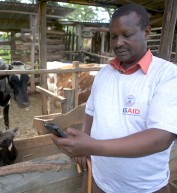
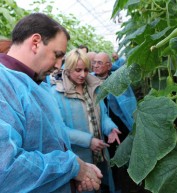
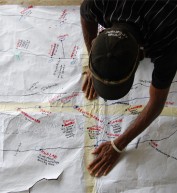
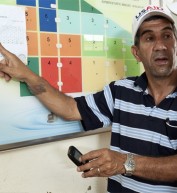

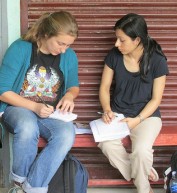

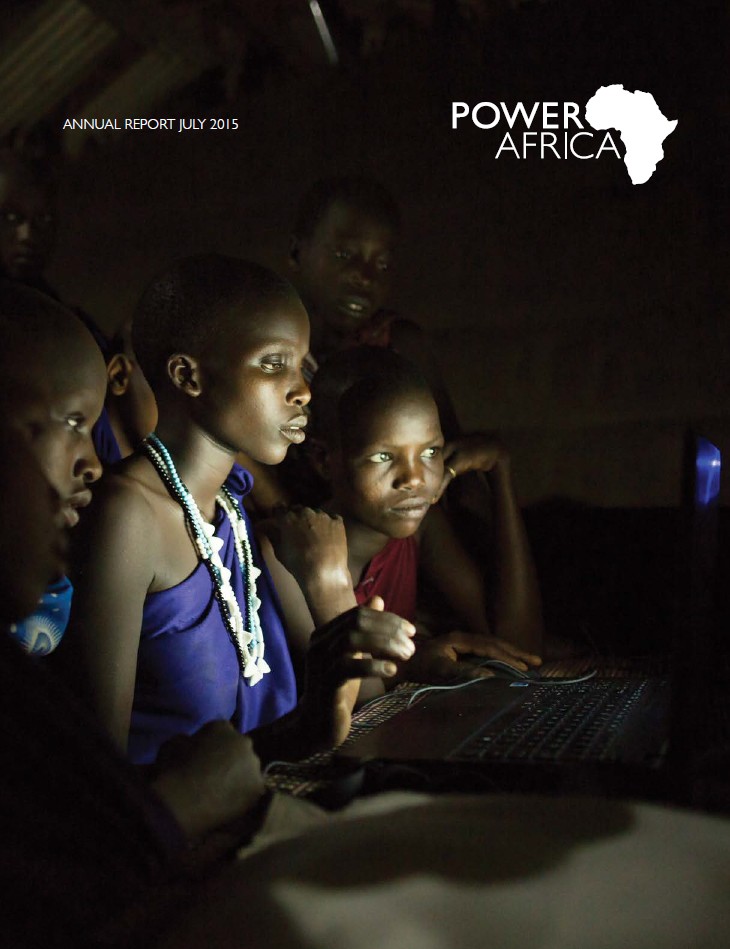
Comment
Make a general inquiry or suggest an improvement.